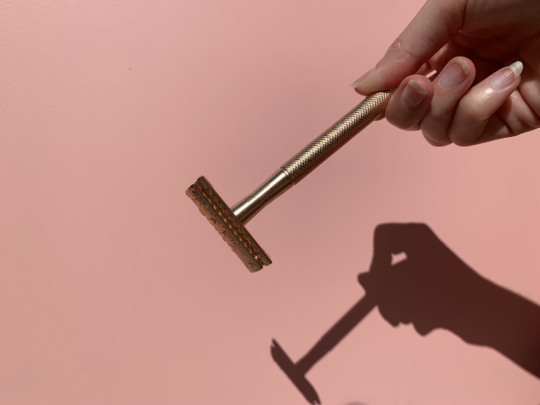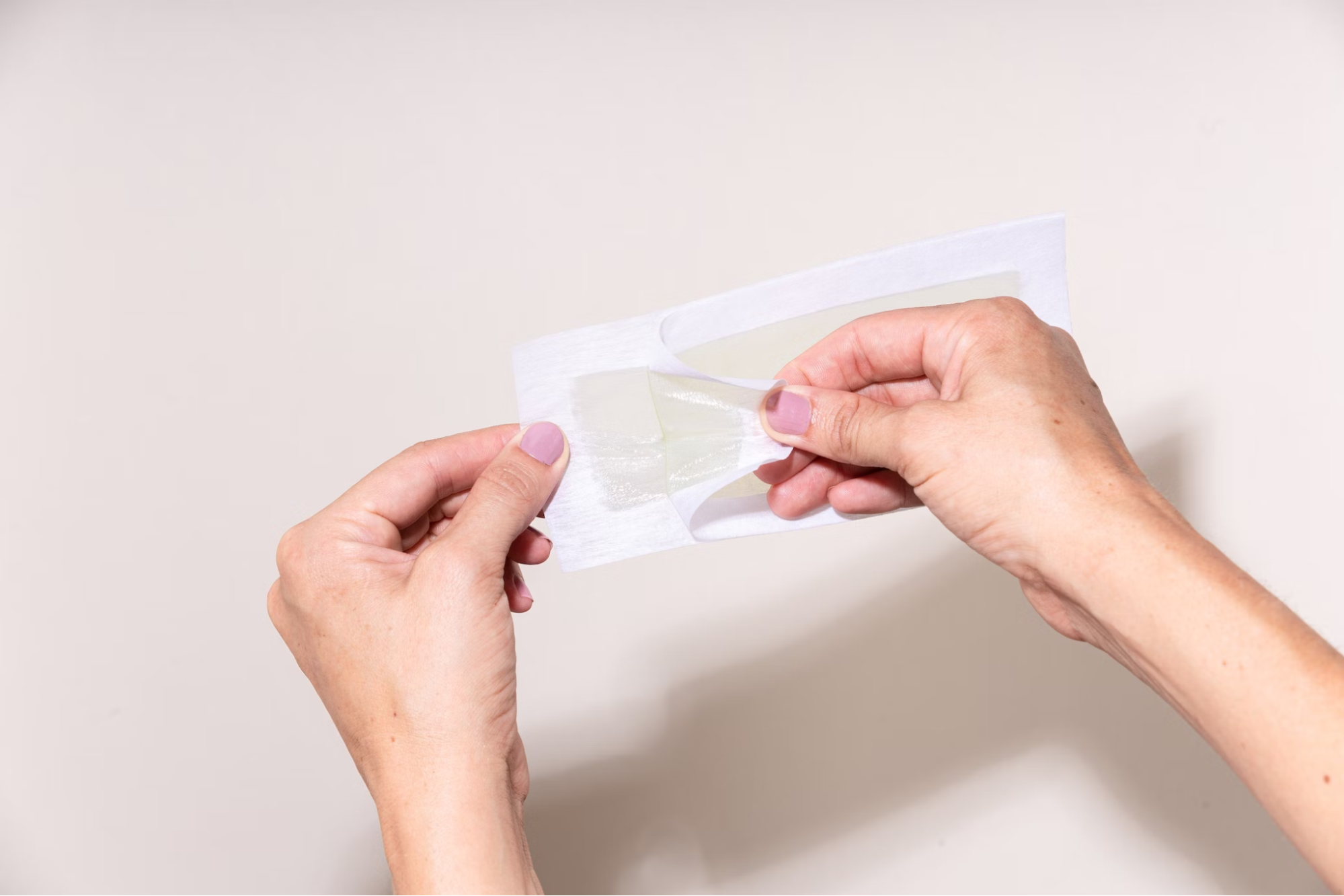
As a busy mom, finding time for yourself, let alone to indulge in reading, can feel like an impossible task. Between juggling kids, household duties, and possibly even a career, the quiet luxury of sitting down with a good book often falls by the wayside. But what if you could still immerse yourself in the world of literature without adding to the daily time crunch? Enter the world of audiobooks – a busy mom’s best friend.
Embracing the Audiobook Revolution
Audiobooks have revolutionized reading in ways that are perfectly tailored to the hectic life of a mom. Whether you’re preparing meals, commuting, or even during workout sessions, audiobooks can turn these routine activities into opportunities for literary exploration. The beauty of audiobooks lies in their versatility – you can pause, play, and resume according to your schedule, making them a convenient way to stay connected with your love for reading.
Why Audiobooks Work for Busy Moms
Multitasking Made Easy: Audiobooks allow you to enjoy a book while keeping your hands and eyes free. Listen to a riveting novel while doing household chores or keeping an eye on the kids.
Turn Commute Time into Story Time: If you spend a significant amount of time driving or commuting, audiobooks can transform this into an enriching experience.

A Library in Your Pocket: With digital platforms like Audible or Libby, you have access to a vast library of audiobooks across various genres right on your phone.
Tips for Incorporating Audiobooks into Your Routine
Start with a Genre You Love: If you’re new to audiobooks, start with a genre you enjoy. It makes the transition from paper to audio much smoother.
Use Technology to Your Advantage: Utilize apps on your smartphone or tablet to access audiobooks. Many local libraries also offer free audiobook lending services.
Involve Your Kids: Audiobooks can be a great way to engage your children with storytelling, especially during long car rides or quiet time before bed.
Building a Habit
Like any new habit, integrating audiobooks into your daily routine takes a bit of practice. Start with setting aside a specific time each day for audiobook listening, perhaps during morning preparations or as a way to unwind before bed. The key is consistency and finding pockets of time where listening can naturally fit into your existing schedule.
Conclusion
For busy moms, audiobooks are not just about reading more; they’re about reclaiming moments for yourself in a day filled with the demands of motherhood. They offer an accessible and flexible way to escape into the worlds of mystery, romance, fantasy, and more, all while managing the daily juggle.

So, next time you feel the urge to read but can’t find the time, remember that audiobooks are just a play button away. Happy listening!








 The landscape of website translation is witnessing a transformative era, primarily driven by the advancements in Artificial Intelligence (AI). This revolution is not just about converting text from one language to another; it’s about creating a seamless, accurate, and culturally resonant communication channel across the globe.
The landscape of website translation is witnessing a transformative era, primarily driven by the advancements in Artificial Intelligence (AI). This revolution is not just about converting text from one language to another; it’s about creating a seamless, accurate, and culturally resonant communication channel across the globe.
















































